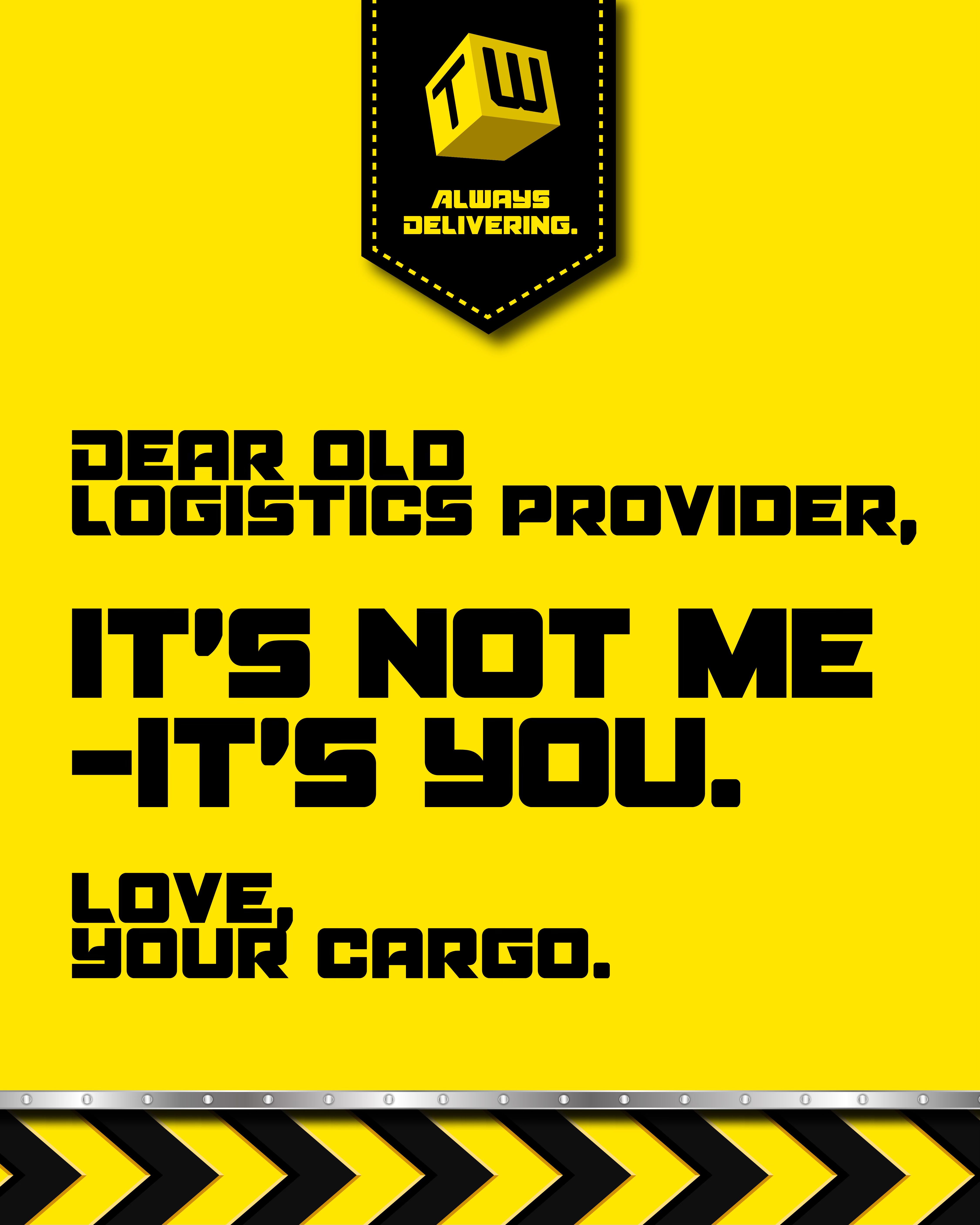Beyond Renewables: Smarter Ways Logistics Companies Are Reducing Environmental Impact
- Danyul Gleeson

- Jun 18
- 4 min read
Updated: Jul 9
Using solar panels on warehouses and wind turbines at distribution hubs is great - but let’s be honest, sustainability in logistics goes way beyond plugging into renewable energy.
The real question is: How can logistics companies cut emissions and waste without slowing down deliveries or blowing up their budgets?
Luckily, the smartest players in the game aren’t just waiting for the sun to shine - they’re actively finding ways to reduce waste, optimise efficiency, and future-proof their supply chains.
Here’s how the logistics industry is slashing its environmental footprint in ways that go beyond just flipping a switch to "renewable."

1. Cutting Out Wasted Miles With Smarter Routes
Right now, about 30% of trucks on the road are completely empty, running routes that do nothing but burn fuel and eat profits (Transport Works). That’s not just bad for the environment - it’s a logistics failure.
How companies are fixing it:
AI-powered routing finds shorter, traffic-free paths to save fuel.
Dynamic load matching ensures trucks never leave half-empty.
Freight consolidation groups shipments so fewer trucks hit the road.
One company using AI-driven freight management cut carbon emissions by up to 30%-proof that less mileage means fewer headaches and more profit (McKinsey).
2. Switching to Low-Emission & Alternative Fuel Vehicles
Not every company can instantly swap out an entire diesel fleet for electric vehicles - but that doesn’t mean they can’t start making cleaner moves today.
What’s working right now:
Biofuels reduce emissions by up to 85% while using existing engines.
Hydrogen-powered trucks are already on the road - DHL is testing zero-emission hydrogen freight.
Lighter trucks use less fuel, with some companies cutting fuel use by 10% per trip just by reducing unnecessary weight.
Amazon just ordered 150+ electric heavy-duty trucks in the UK alone - proof that sustainable freight isn’t a future idea, it’s happening now (The Guardian).
3. Making Warehouses Less of an Energy Drain
Warehouses aren’t just big boxes full of stuff - they consume massive amounts of power. The good news? They don’t have to.
How warehouses are getting greener:
Smart lighting and climate control cut energy waste by 30-40%.
Automated storage systems use less space and less power.
Regenerative forklifts capture wasted energy, reducing battery drain by 20-25%.
Some companies have slashed warehouse energy use by up to 50% just by getting smarter about operations.
4. Reducing Packaging Waste (Because Overpacking is Ridiculous)
Ever received a tiny item in a box the size of a microwave? Logistics companies are finally putting an end to the madness.
How they’re fixing packaging waste:
AI ensures shipments are right-sized - no wasted space.
Recyclable and reusable packaging is replacing single-use plastics.
Lighter materials cut shipping weight, reducing emissions by up to 15%.
Companies using eco-friendly packaging have saved millions while eliminating thousands of tons of unnecessary waste.
5. Smarter Reverse Logistics (Because Returns Shouldn’t Go to Landfill)
Returns don’t have to mean waste. The best logistics companies are turning returns into revenue, not trash.
Here’s how:
Refurbishing and reselling returned items instead of discarding them.
Reusing packaging so less waste goes into the system.
AI-powered demand forecasting to prevent overproduction in the first place.
The fashion industry alone generates 92 million tons of waste every year - but circular supply chains are cutting landfill waste by reusing and reselling returned goods (The Guardian).
6. Making Air Freight Less of an Emissions Disaster
Shipping by air is fast, but it’s also a carbon nightmare, producing 47 times more emissions per ton than ocean shipping. That’s why companies are investing in cleaner aviation fuels.
What’s happening in air freight:
DHL Express is buying 7,200 kilolitres of Sustainable Aviation Fuel (SAF) annually, cutting aviation emissions by up to 80%.
Amazon and IKEA are funding low-emission fuel alternatives for ocean freight, aiming to cut emissions by 50% by 2030 (Reuters).
Air freight might not be 100% green yet, but these shifts are making it a whole lot cleaner.
7. Tracking Emissions in Real Time (Because Guessing Doesn’t Work)
If companies don’t know their carbon footprint, they can’t reduce it. That’s why the smartest logistics players track everything in real time.
How they’re doing it:
Live tracking of fuel consumption and emissions.
AI-powered analytics identify efficiency gaps before they become problems.
Automated carbon footprint reports ensure compliance with net-zero regulations.
Businesses that track emissions properly are cutting their footprint by 15-30% - and staying ahead of regulations before fines start kicking in (McKinsey).
Final Thoughts: Smarter Logistics = A Greener Bottom Line
The logistics industry isn’t waiting for renewable energy to fix everything. The biggest changes aren’t about what powers warehouses - they’re about making the entire system run smarter.
Better routing = Less wasted fuel.
Low-emission vehicles = Cleaner deliveries.
Smarter warehouses = Lower energy use.
Reverse logistics & better packaging = Less waste.





Comments